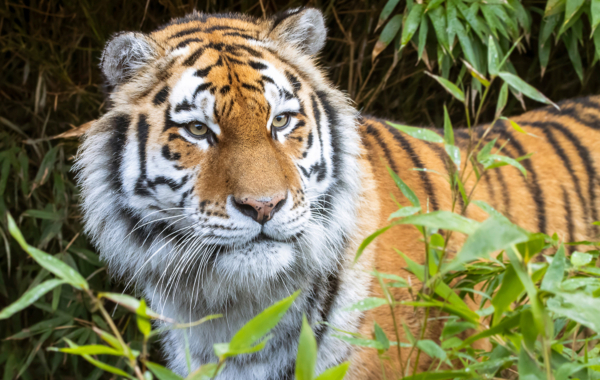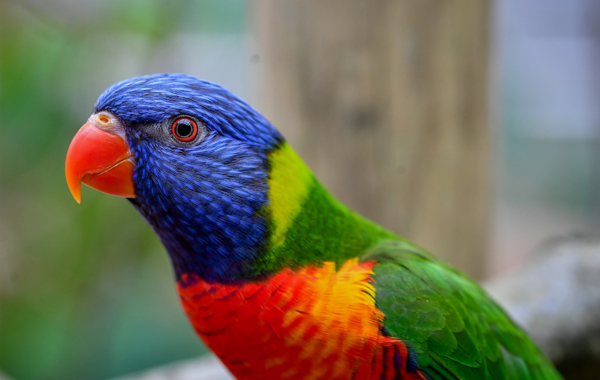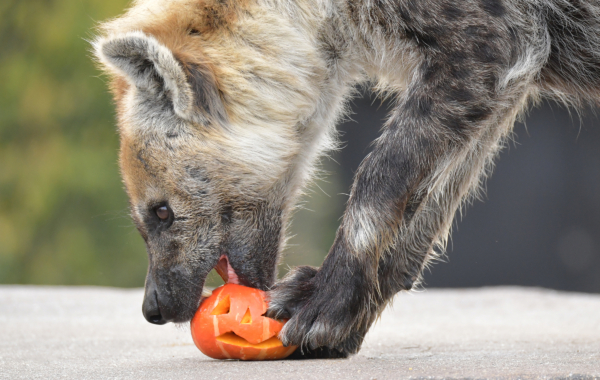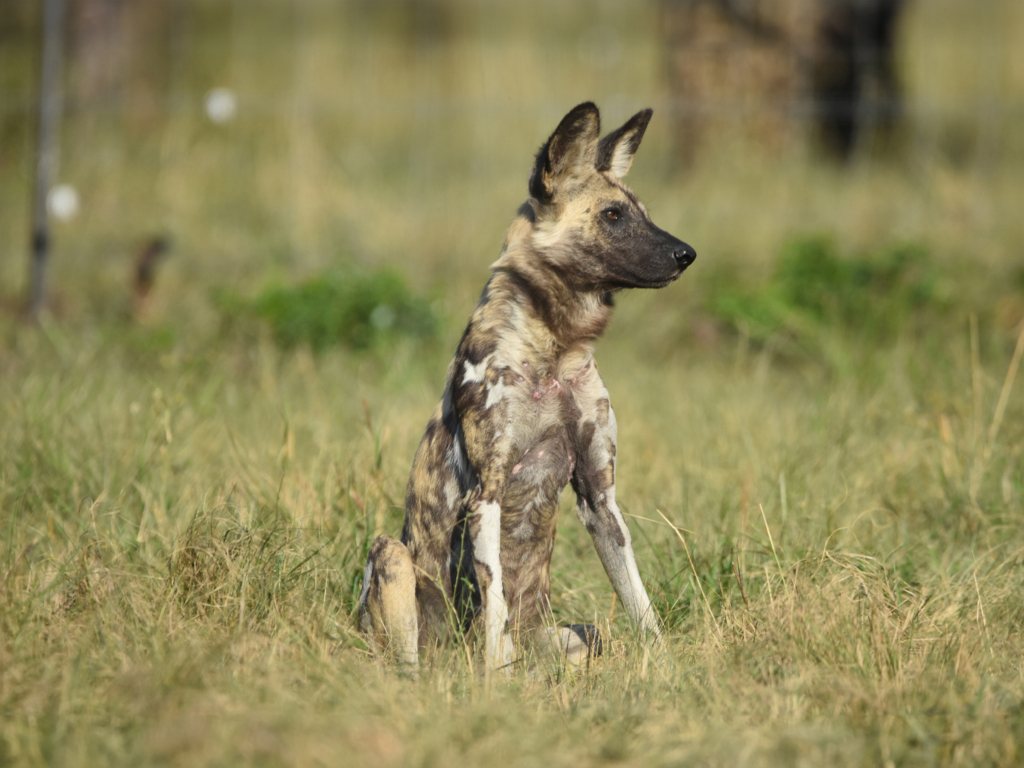When designing a new habitat for any species, there are three aspects that need to be considered...
Considerations
When designing a new habitat for any species, there are three aspects that need to be considered…
The Species
Tthe welfare, health, and safety needs for that species.
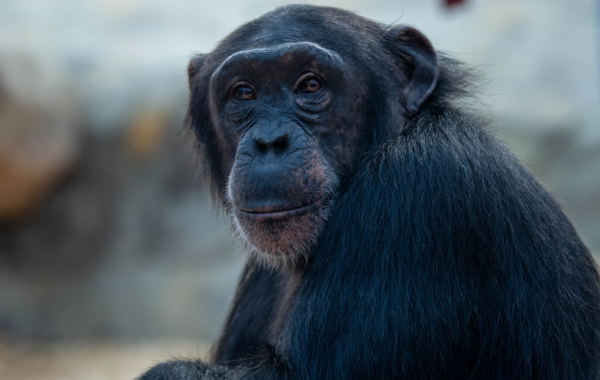
The Visitor
The ability to see the animal, to learn and feel connected.
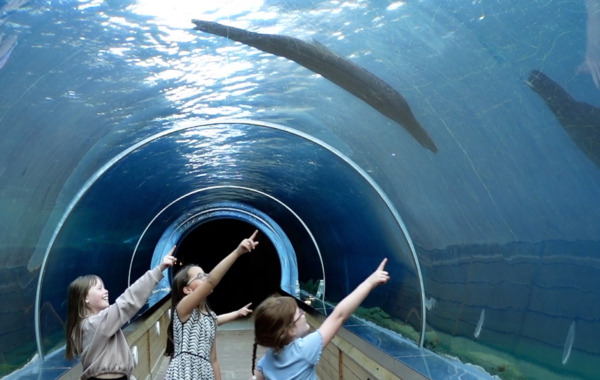
The Animal Care Team
Safe access, able to provide a high standard of care and the ability to manage and introduce new individuals or separate individuals for medical care.
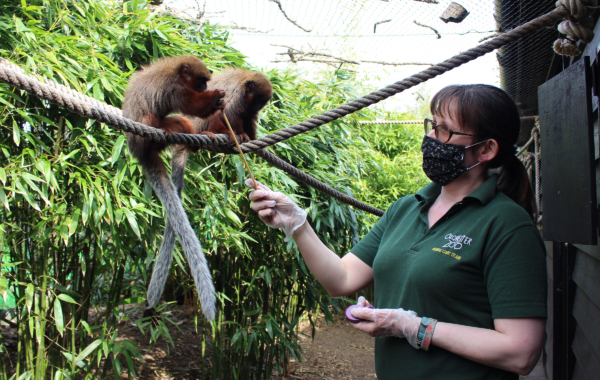
The design
The key to habitat design is to find a balance between the needs of the three groups. For example, ensuring the visitor has an opportunity to see the animal, whilst also meeting the animal’s requirement for privacy. This is at the same time ensuring the keeper can see the animal to do health checks and work safely in and around the habitat.
All of the needs of the species are taken into account when designing an habitat, such as their behaviour, reproduction, feeding, and their adaptations.
Normal group size of a species is considered when deciding how many animals are to be housed in the habitat, which in turn affects the design.
For example, a solitary animal, such as a leopard, will generally be kept on their own, whereas social animals are kept in suitable groups such as most primate species. It is important to provide them with sufficient space to sleep, feed, play and have enough space to reduce the chances of conflicts occurring within the group.
Considering the behaviour of the animal is also important, the habitat should allow the animal to express as many natural behaviours as possible.
The animal’s adaptations should also be catered for. For example, the anteater, who has long month, no teeth, and a long tongue, which is prefect at allowing them to eat ants deep in their nests. The habitat should allow their food to be given in way so that the anteater can use these specific adaptations and express natural feeding behaviours. This is done by putting the food in long thin tubs in a replica ants’ nest. This also provides a learning opportunity for visitors to see the how the anteater uses their long month and tongue to eat.
Temperature, lighting, and humidity must also be suited to the specific animal and should relate to natural cycles. If the animal is adapted to a habitat that is hot during the day but cold at night, such as deserts, the habitat heating cycle should reflect this. This allows the animals opportunities to express different behaviours and provide a more naturalistic environment suited to their adaptations.
Case study
You can find out more about some of our habitats that have been designed for a particular species…
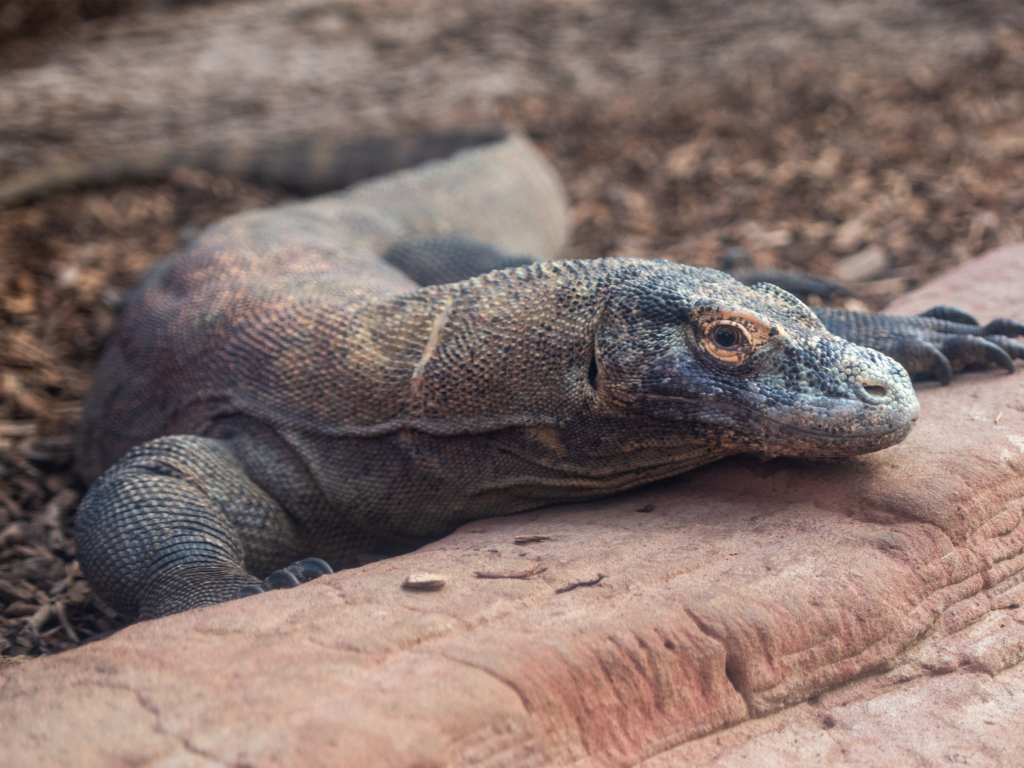
Dragons of Komodo
The Komodo dragon habitat is a purpose-built with a large ‘greenhouse-style’ building which incorporates multiple retreat and basking areas, a nesting area and a variety of visual barriers. The house can be sectioned off into two fully complimented habitats so the animals can be kept separately if necessary. The dirt floor consists of a variety of substrates including sand, soil and wood mulch. These allow natural digging behaviours and are non-abrasive to their feet.
The habitat is equipped with a sliding roof system made from UV transmitting panels and can be opened or closed according to the weather conditions. The habitat is heated with a mixture of underfloor heating systems and heat lamps. In combination with this underfloor heating, the keeping staff spray tepid water around the habitat to create the correct levels of humidity that this reptile species requires.
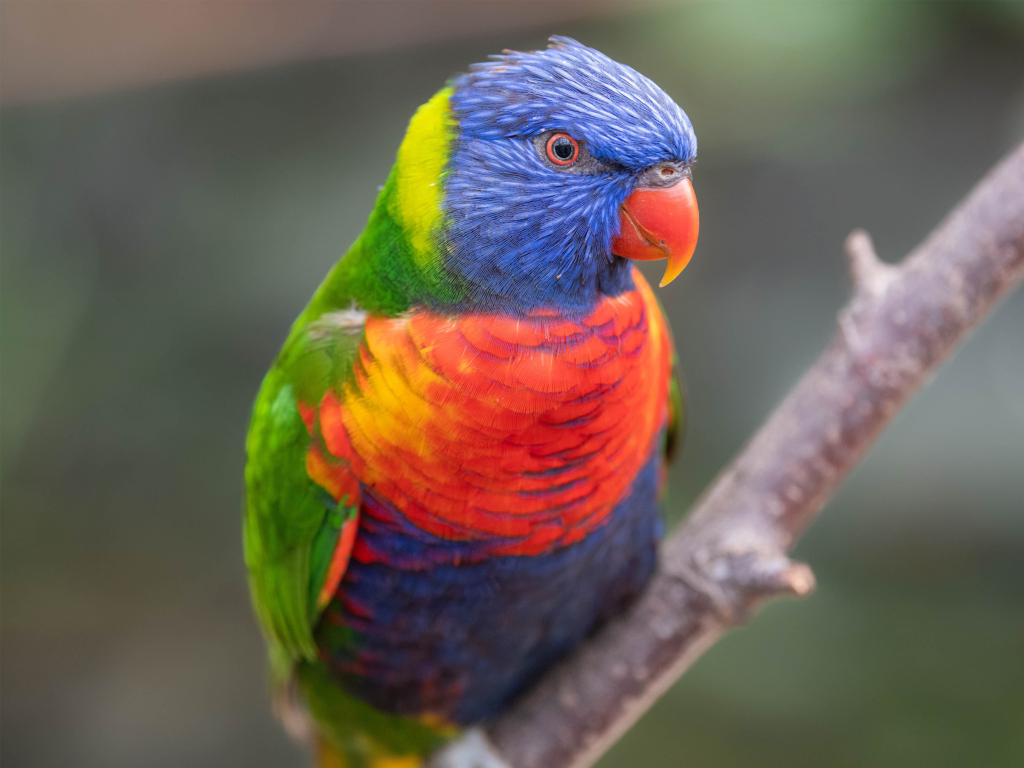
Australian Rainbows
The Australian Rainbows walkthrough habitat is home to our flock of rainbow lorikeets. The aviary allows visitors to walk in the large aviary with the lorikeets free flying.
To ensure the lorikeets stay in the aviary but the visitors can still come in, there is a two-door system in place, which allows the perimeter to be maintained. There are also heavy plastic flaps over the door to help maintain the temperature by decreasing heat loss.
There are 6 off show aviaries. These aviaries can all be linked or be separated as required. These off show aviaries allow the lorikeets private areas away from visitors, as well as allow new lorikeets to be introduced into the flock
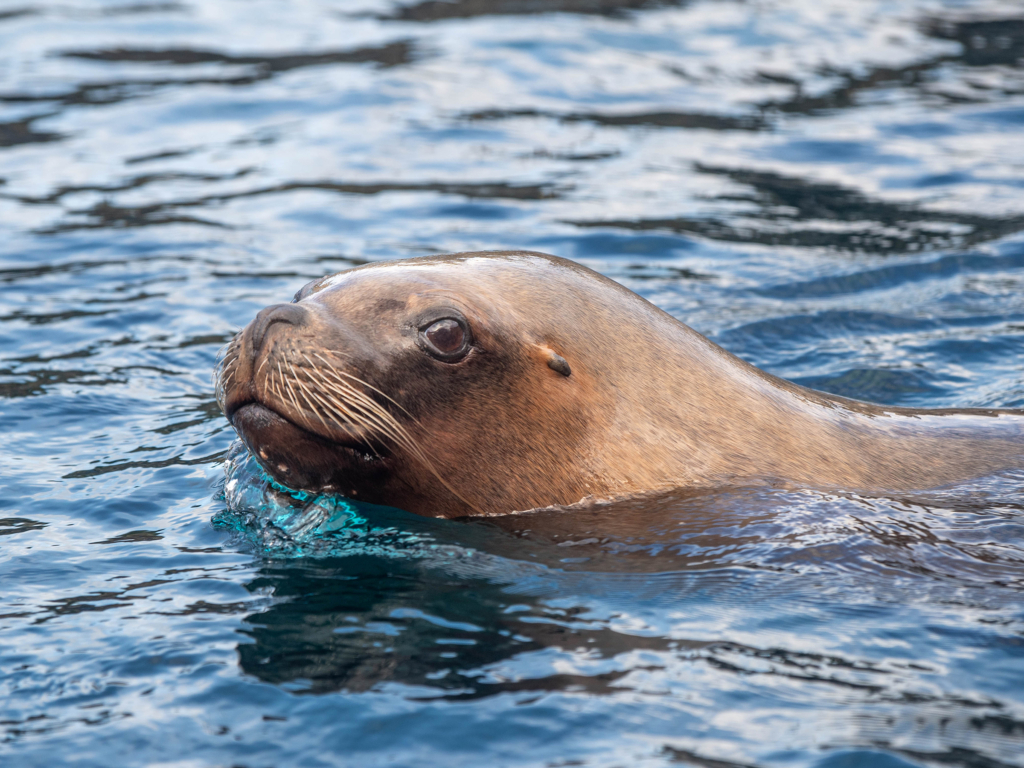
Playa Patagonia
Playa Patagonia is one of the largest construction projects undertaken by Colchester Zoo and is home to our Patagonia sea lions. The pool is saltwater and does not use chlorine, which avoids health problems such as skin irritation and eye ulcers. Playa Patagonia is one of the largest saltwater sea lion pools in the UK. It also has the longest underwater viewing tunnel at 24 metres long.
The main pool is 4m deep and has a capacity of over 2.5 million litres of salt water, there is also a smaller off show pool and houses.
The pool has a sand filtration system to catch solid particles and an Ozone unit alongside a UV system to sterilise the water and runs 24 hours a day, 7 days a week.

